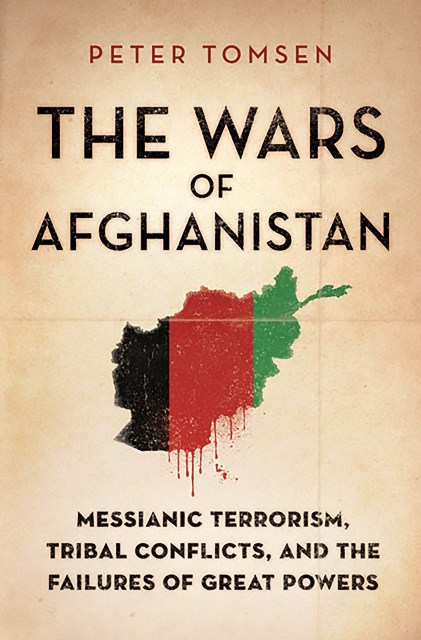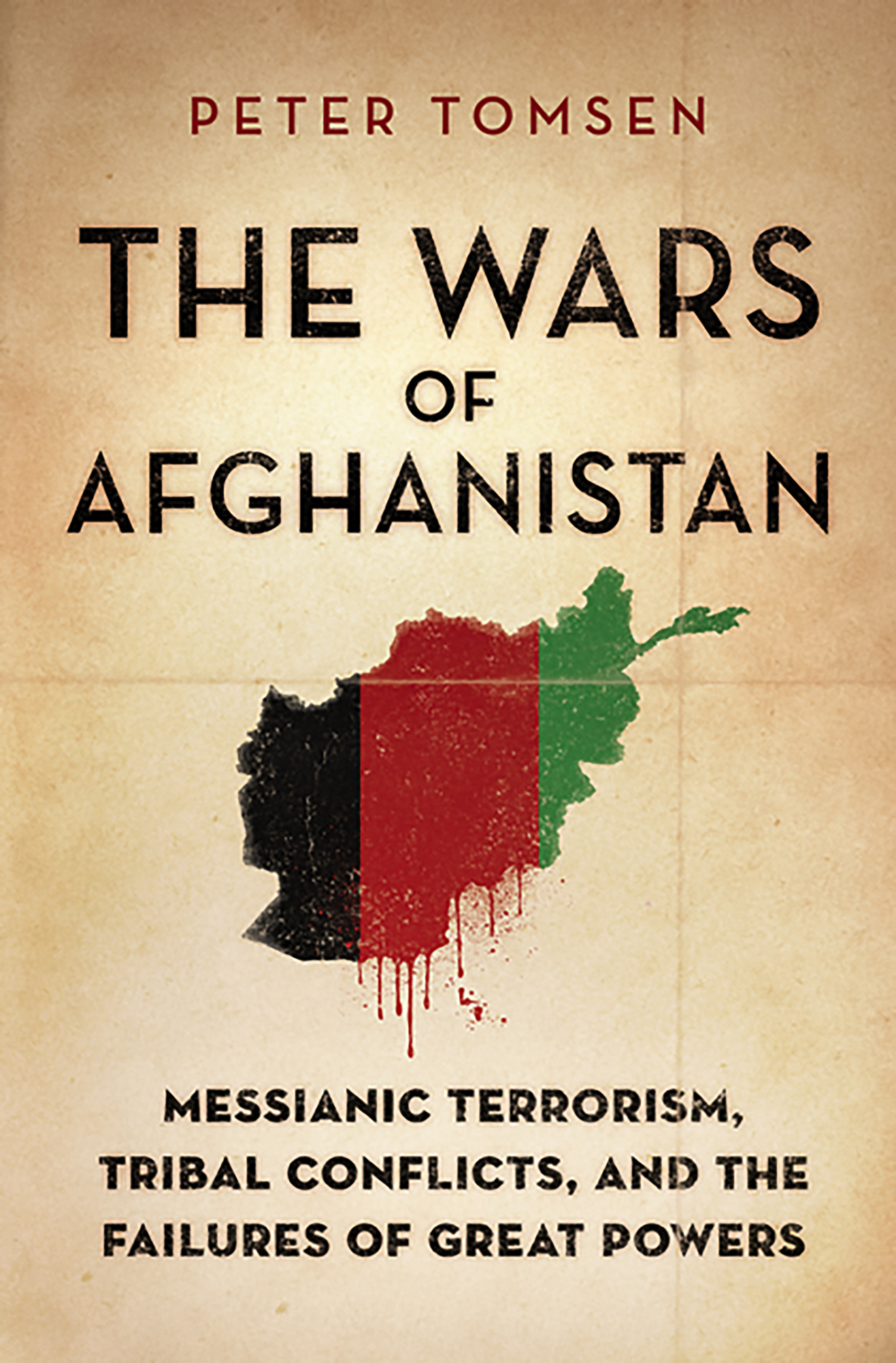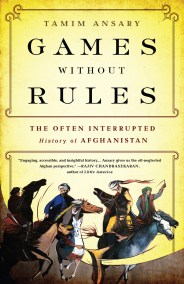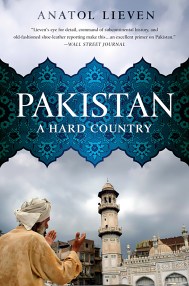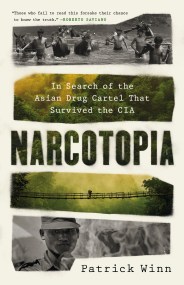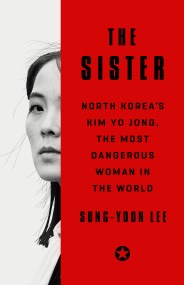Promotion
Use code MOM24 for 20% off site wide + free shipping over $45
The Wars of Afghanistan
Messianic Terrorism, Tribal Conflicts, and the Failures of Great Powers
Contributors
By Peter Tomsen
Formats and Prices
Price
$25.99Price
$29.00 CADFormat
Format:
- Trade Paperback $25.99 $29.00 CAD
- ebook $14.99 $19.99 CAD
This item is a preorder. Your payment method will be charged immediately, and the product is expected to ship on or around December 10, 2013. This date is subject to change due to shipping delays beyond our control.
Also available from:
This book offers a deeply informed perspective on how Afghanistan’s history as a “shatter zone” for foreign invaders and its tribal society have shaped the modern Afghan narrative. It brings to life the appallingly misinformed secret operations by foreign intelligence agencies, including the Soviet NKVD and KGB, the Pakistani ISI, and the CIA.
American policy makers, Tomsen argues, still do not understand Afghanistan; nor do they appreciate how the CIA’s covert operations and the Pentagon’s military strategy have strengthened extremism in the country. At this critical time, he shows how the U.S. and the coalition it leads can assist the region back to peace and stability.
Genre:
- On Sale
- Dec 10, 2013
- Page Count
- 912 pages
- Publisher
- PublicAffairs
- ISBN-13
- 9781610392624
Newsletter Signup
By clicking ‘Sign Up,’ I acknowledge that I have read and agree to Hachette Book Group’s Privacy Policy and Terms of Use
